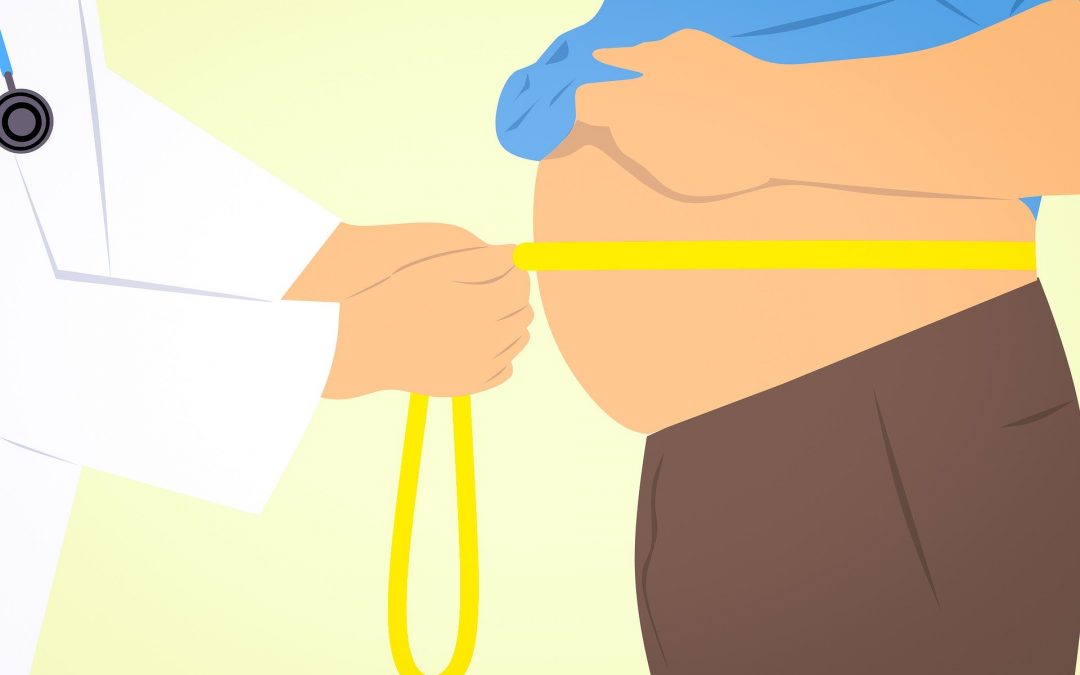Often, we have a negative connotation with the word “fat”, but fat is essential to your body and overall health, providing some important benefits. Generally, those that contain more amounts of body fat can keep warmer, because fats provide us with insulation. It protects the organs from any injury, as it sits under the skin as an extra layer of protection. Fat is also able to store energy. Some fats are beneficial to metabolism and hormone levels, such as estrogen, leptin (the hunger hormone), insulin, cortisol (stress hormone), and even growth hormones. Fat can be necessary for overall health.
However, despite its benefits, too much of it can prove to harm your health and lead to various diseases such as type 2 diabetes, heart disease, high blood pressure, and even cancer. Each type of fat has different roles and are classified by color and purpose.
Brown
Brown fat is a type of fat that is said to be primarily found in babies, but adults can still retain a little bit of this, specifically in the neck and should region. It is said that brown fat is seen in people who are leaner and more muscular, and when activated these kinds of fat are white. It’s found to serve as converters of food to heat, burning fatty acids to keep a person warm. It also acts as a muscle during colder environments, burning calories for fuel. The average adult stores 2 to 3 ounces of this kind of fat, enough to burn 250 calories over three hours.
Despite a leaner, fitter person containing mostly brown fat, white fat cells still outnumber them.
White
This type of fat is what most people think of fat do be. It is made up of large white cells that can be found around the organs in regions like the tummy, arms, butt, and thighs. There, fat cells soak up dietary fat, able to store energy to be used for later. Some small cells of this type of fat are also able to produce what they call a “good guy” hormone, adiponectin, which makes organs like the liver and muscles react sensitively to insulin, making people less susceptible to diabetes and heart disease. However, too much of a good thing can be fatal and overfeeding these cells’ dietary fat and overproduction of white fat cells can prove to be dangerous real quick.
Beige
This is a neutral-colored fat that is mixed in with brown fat and white fat, in tinier portions of the body like by the collarbone and spine. They’re typically inactive until your temperature drops when you exercise, and even when you’re stressed and this is when they start burning energy as brown fat cells do, just not as well. They are currently being studied for their potential to regulate insulin and protect certain organs like the liver. Other studies look into it to possibly have obesity under control and maximize healthy body fat.
Subcutaneous
This is fat that is stored under the skin, it’s a combination of all three: brown, white, and beige fat cells. The majority of our body is made up of this fat. Dubbed “the inch you can pinch”, it’s everything you can pinch and squeeze on the arms, thighs, tummy, and butt. This fat can be measured using skinfold calipers to estimate the total body fat percentage found all over a human’s body. A certain amount is normal and even healthy, but too much of it again can lead to hormonal imbalances.
Visceral
More commonly known as belly fat, this is the deep white fat stored in and around the stomach and all of the major organs that make up this region of the body like liver, kidneys, pancreas, intestines, and even the heart. This is because of the blood flow that drains straight into the liver via the portal vein. Toxins and fatty acids from the visceral fat go right into the liver and negatively impacts the production of cholesterol. Studies suggest that visceral fat can also pump out immune system chemicals called cytokines and high levels of this fat are likely to increase the risk of diabetes, heart diseases, stroke, artery blockages, and worst case even some cancers. While this is a dangerous kind of fat, you can’t actively see its build-up unlike belly fats, which makes people who engage in unhealthy eating habits and lifestyles but don’t have big stomachs think that they are not in danger.


